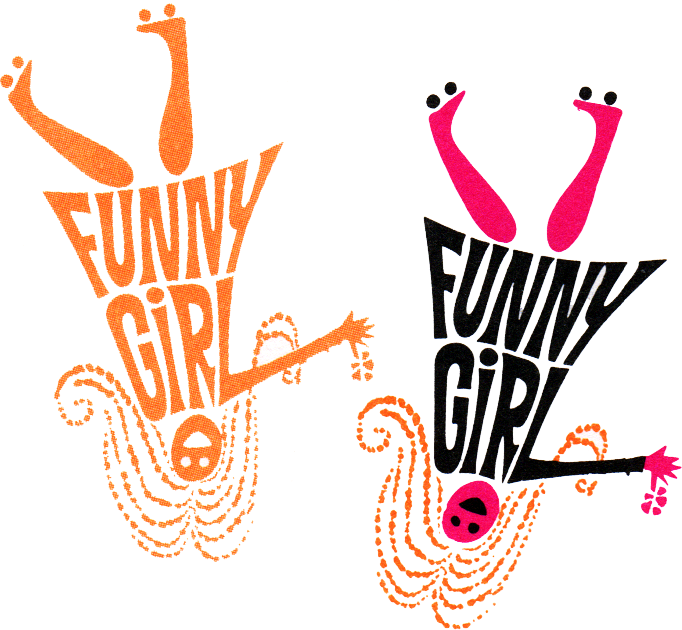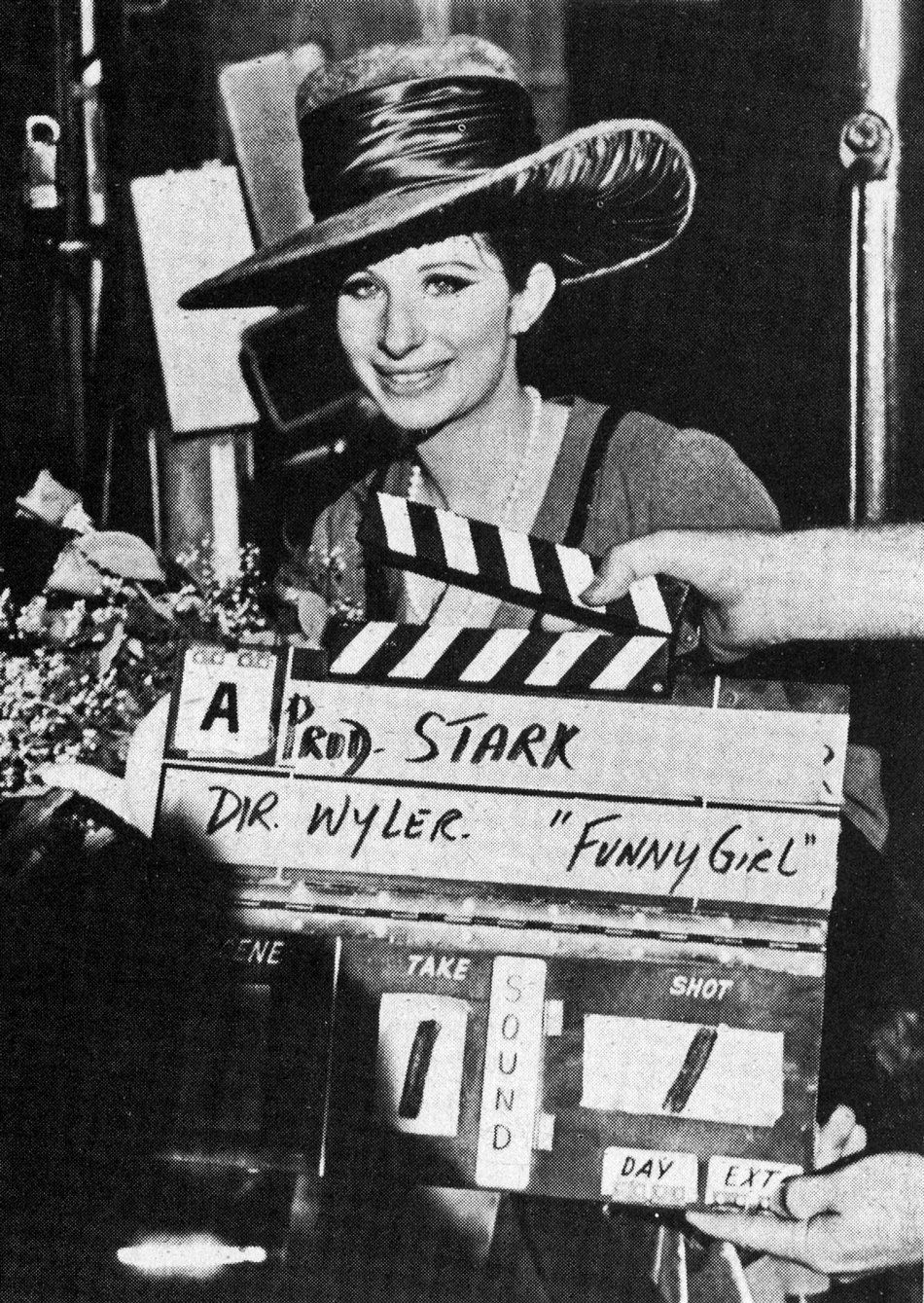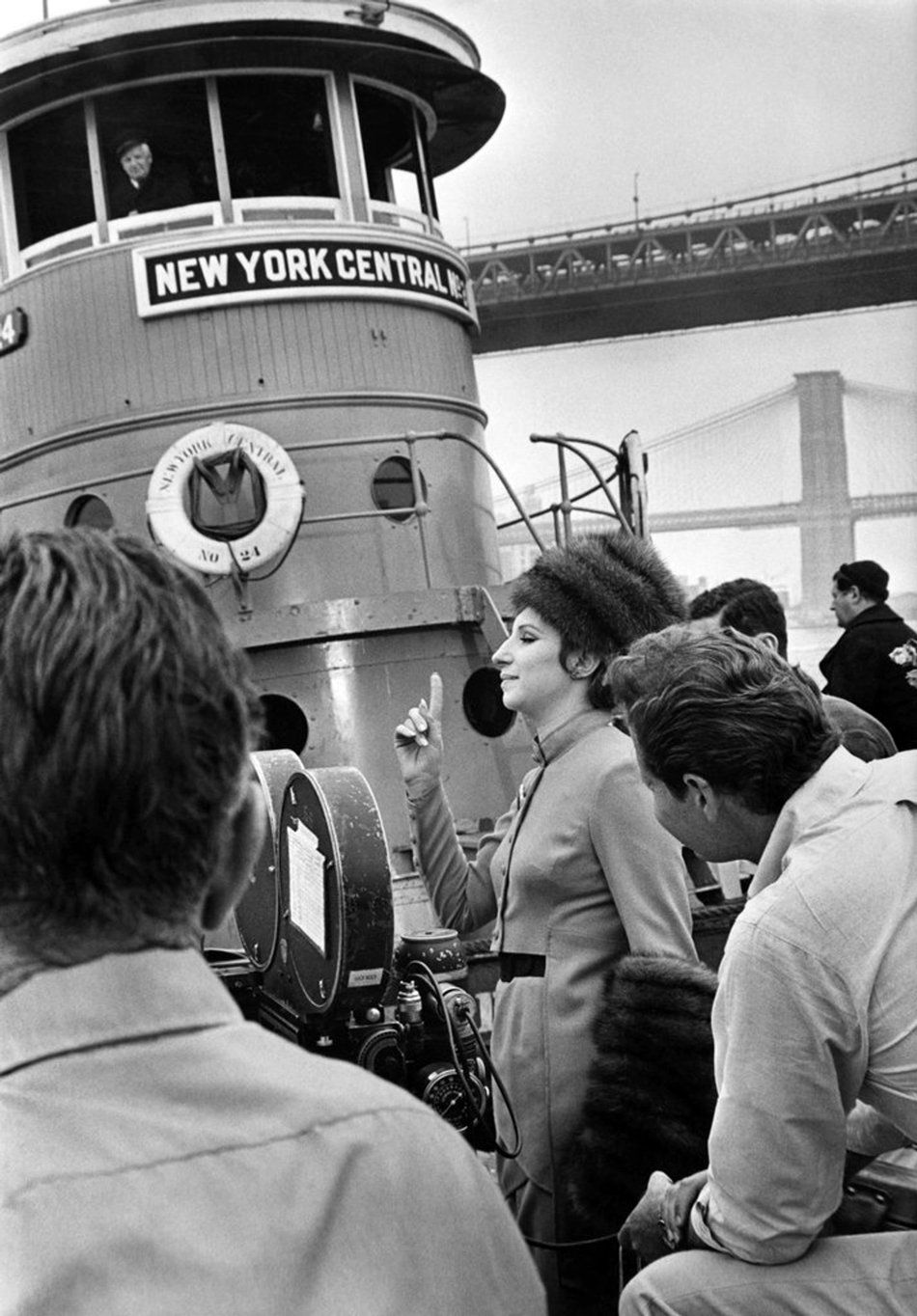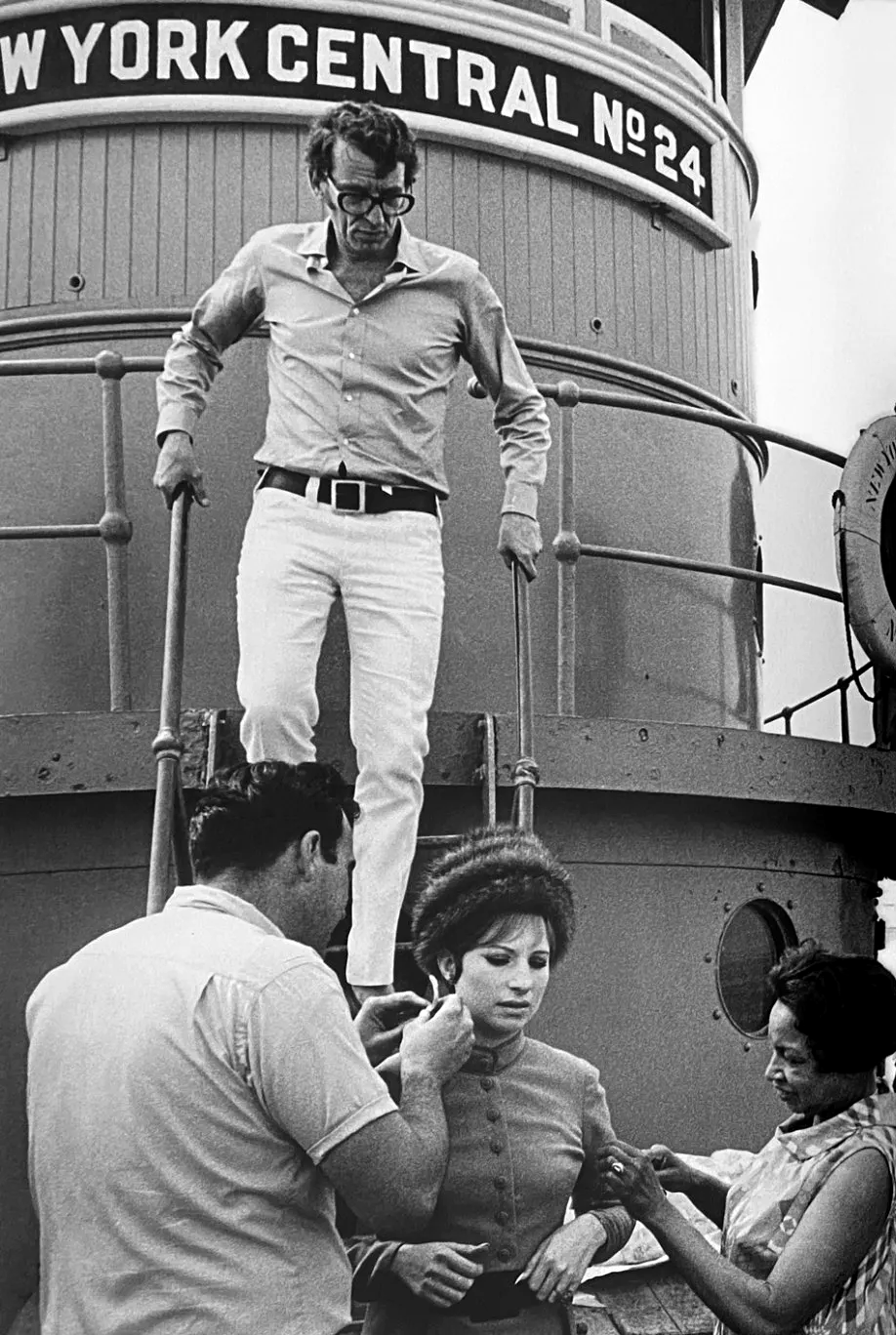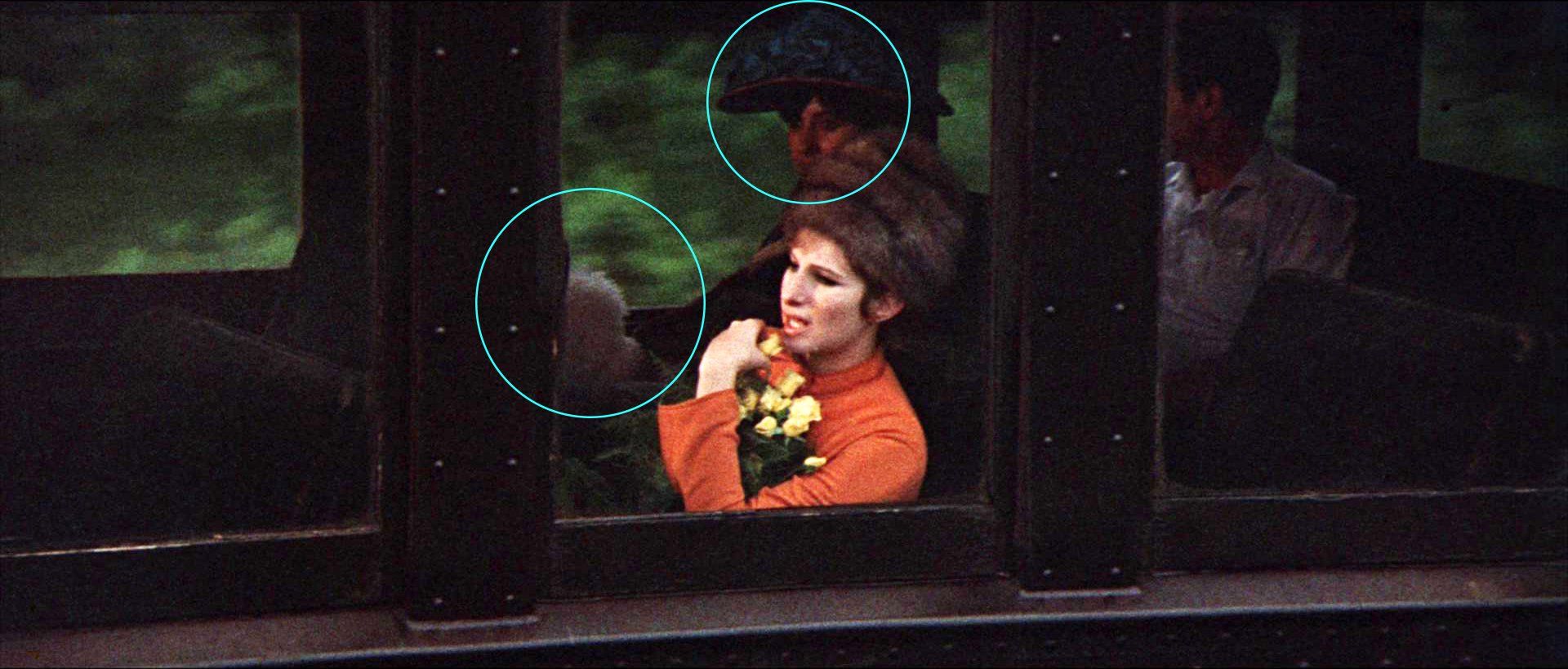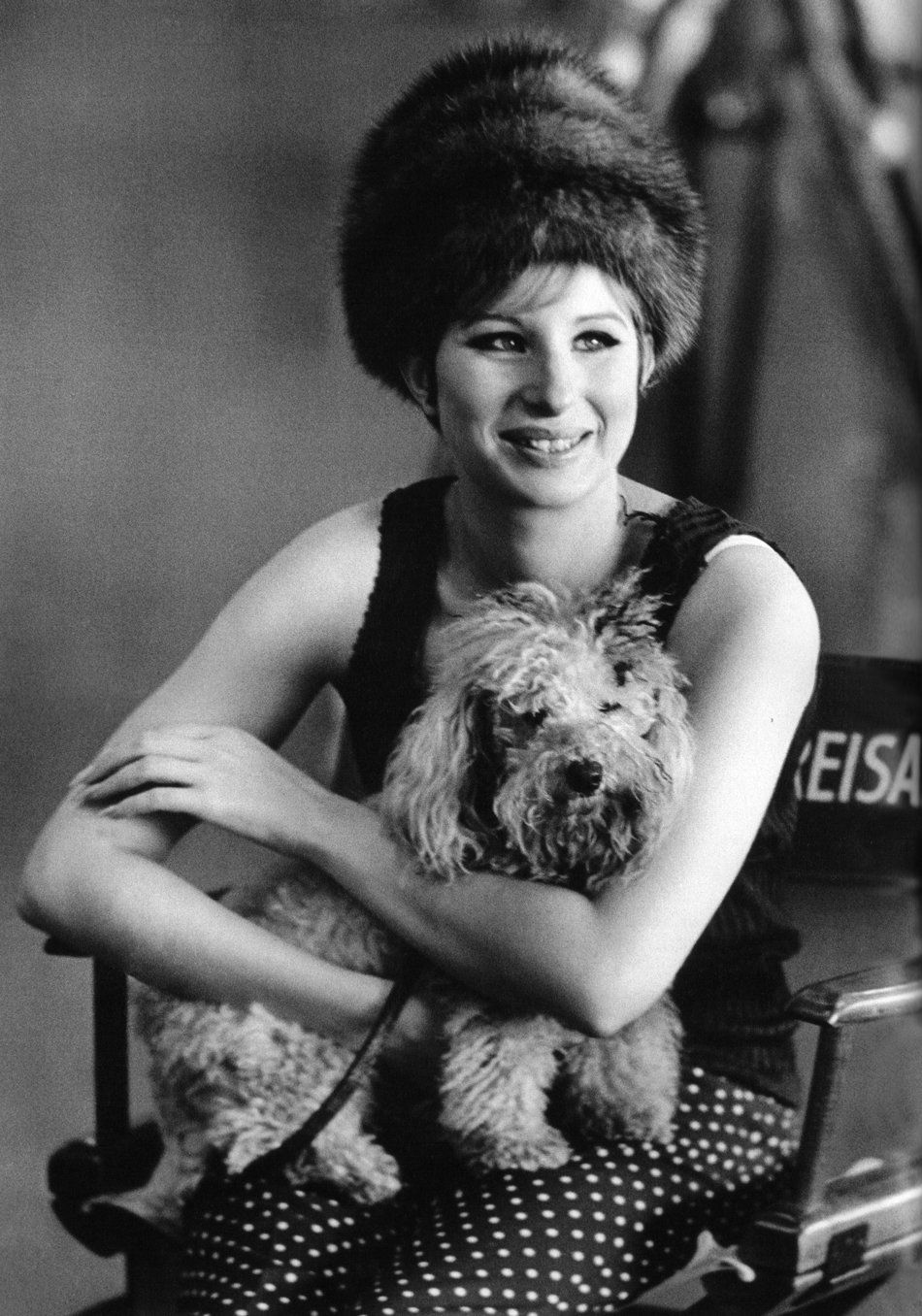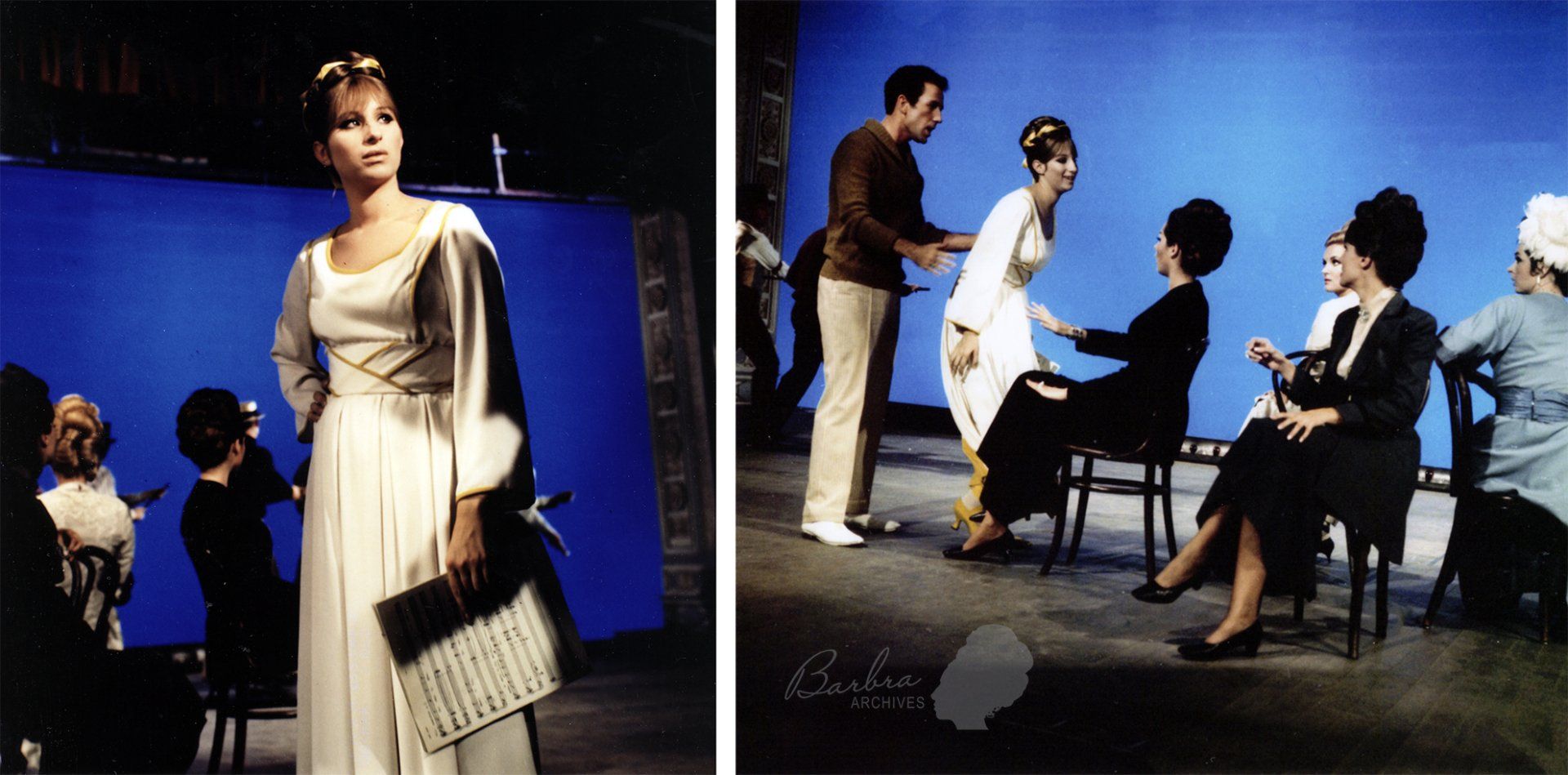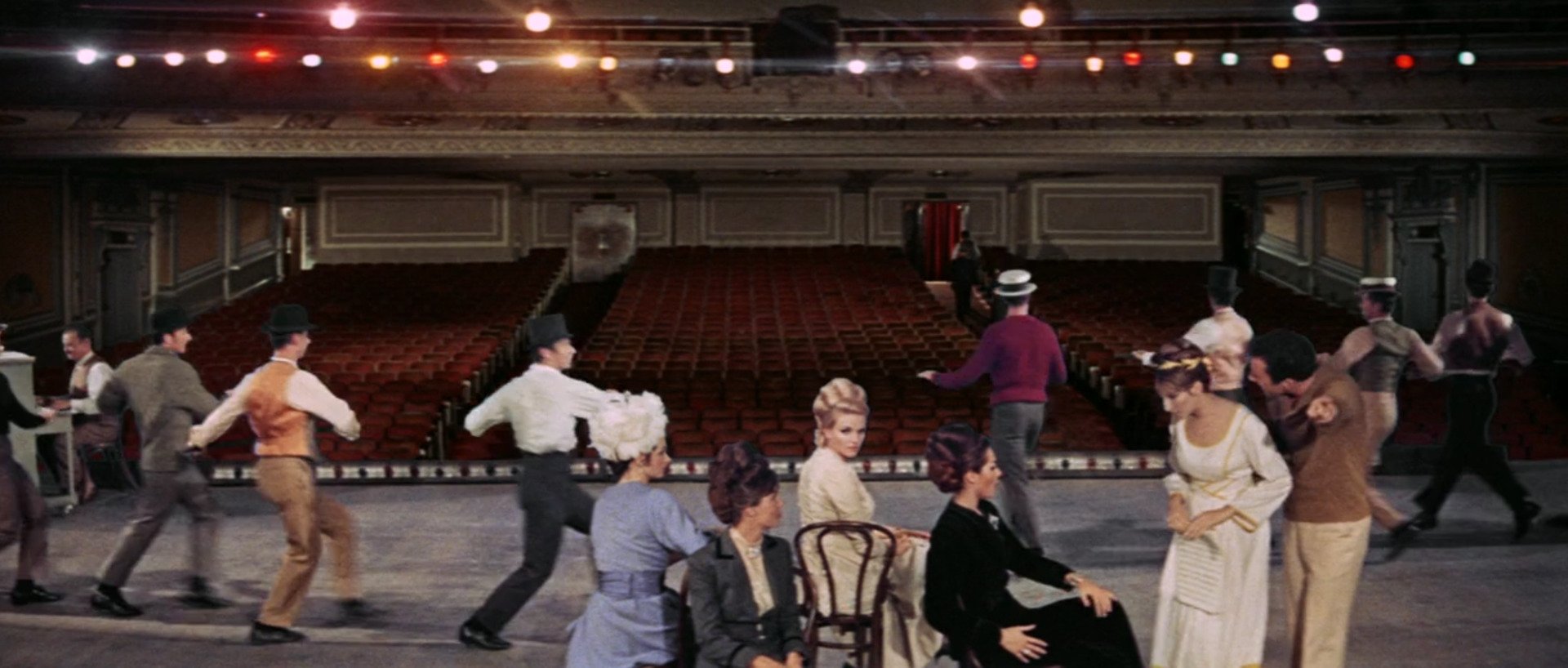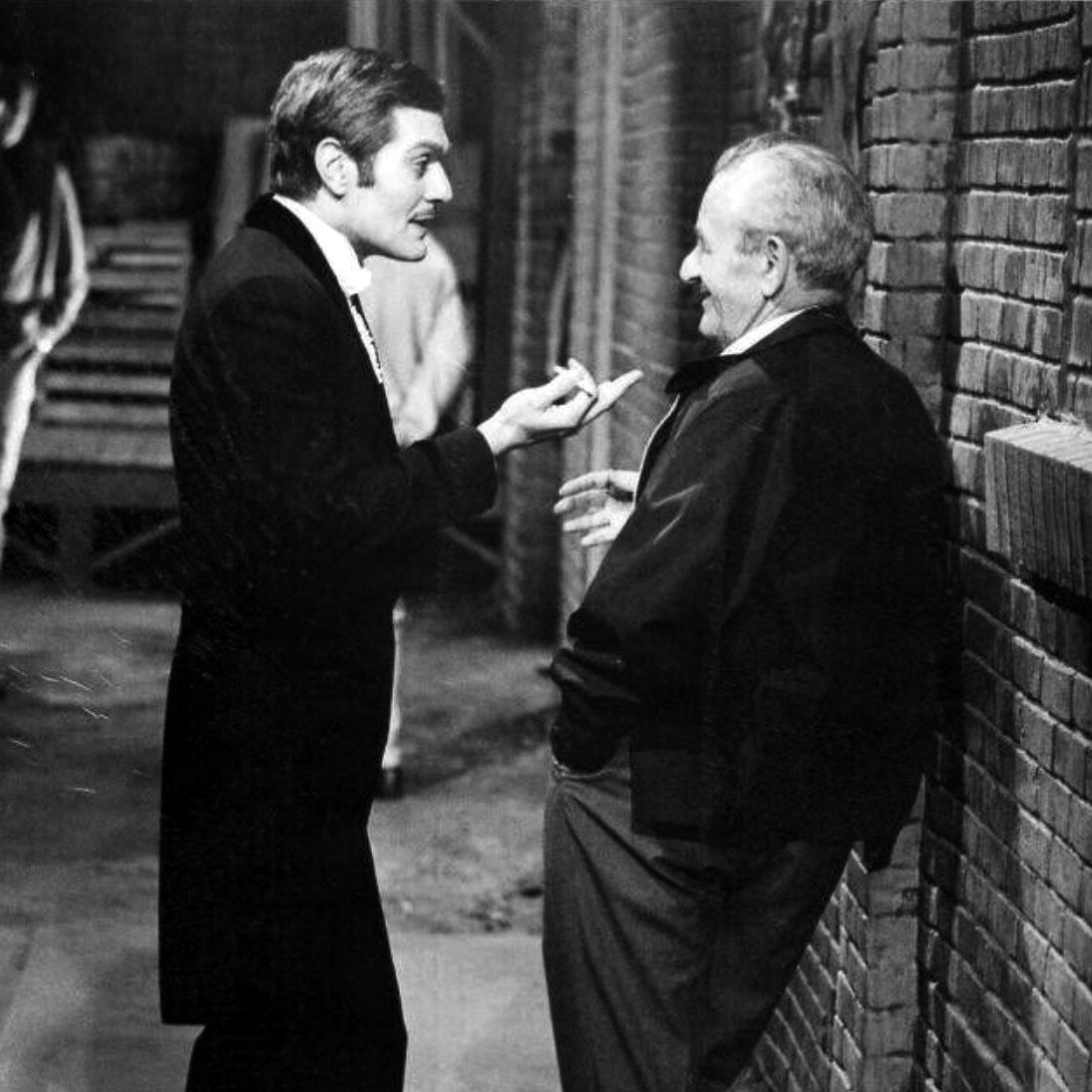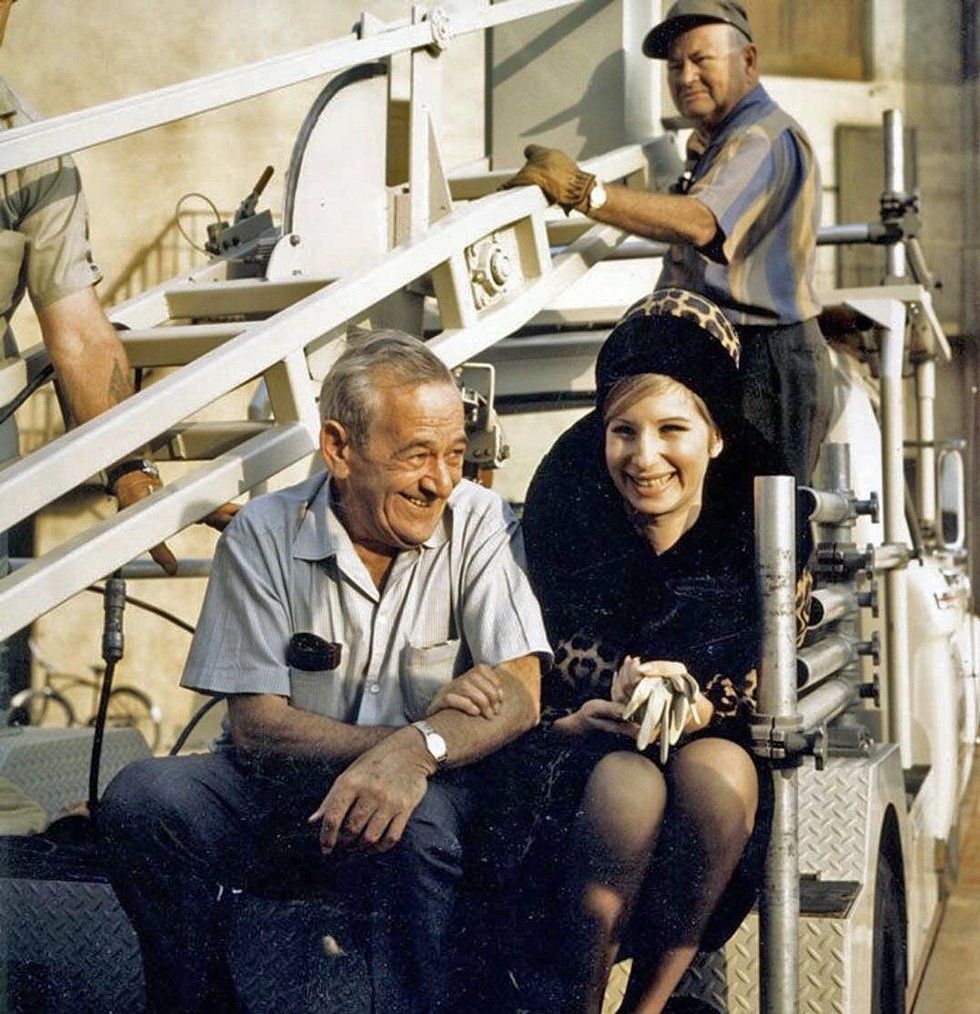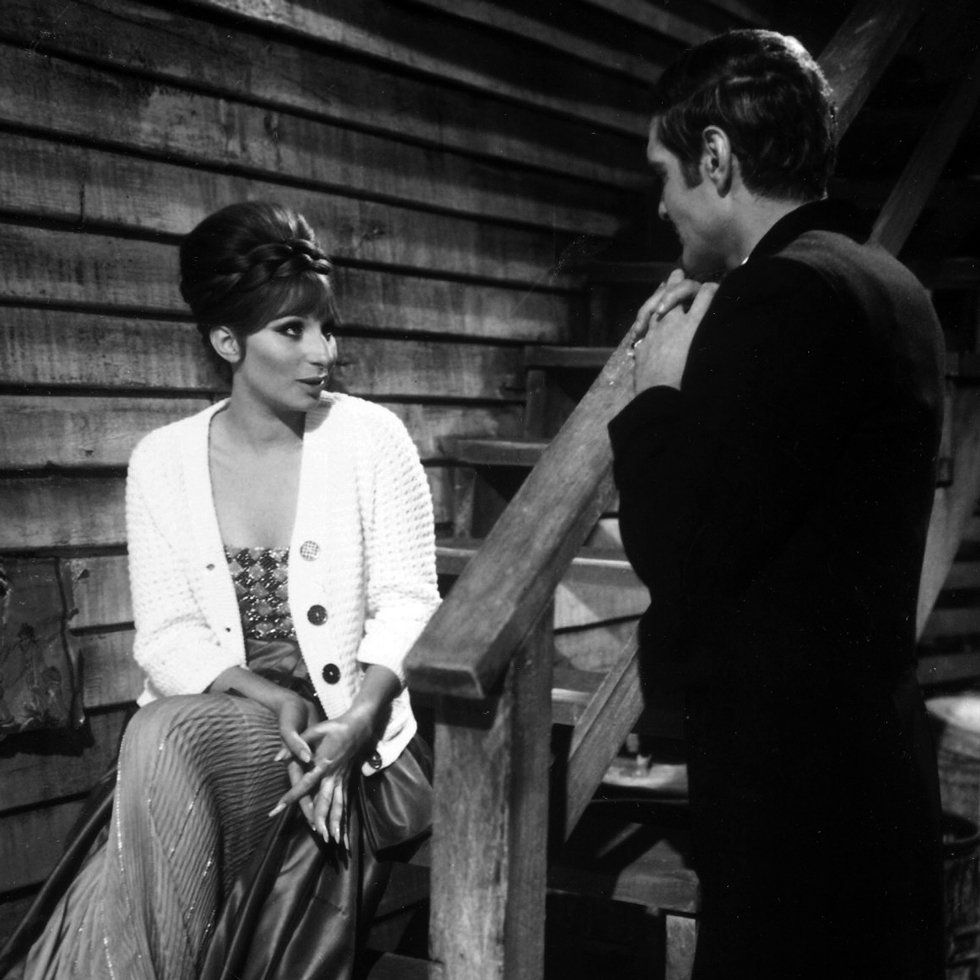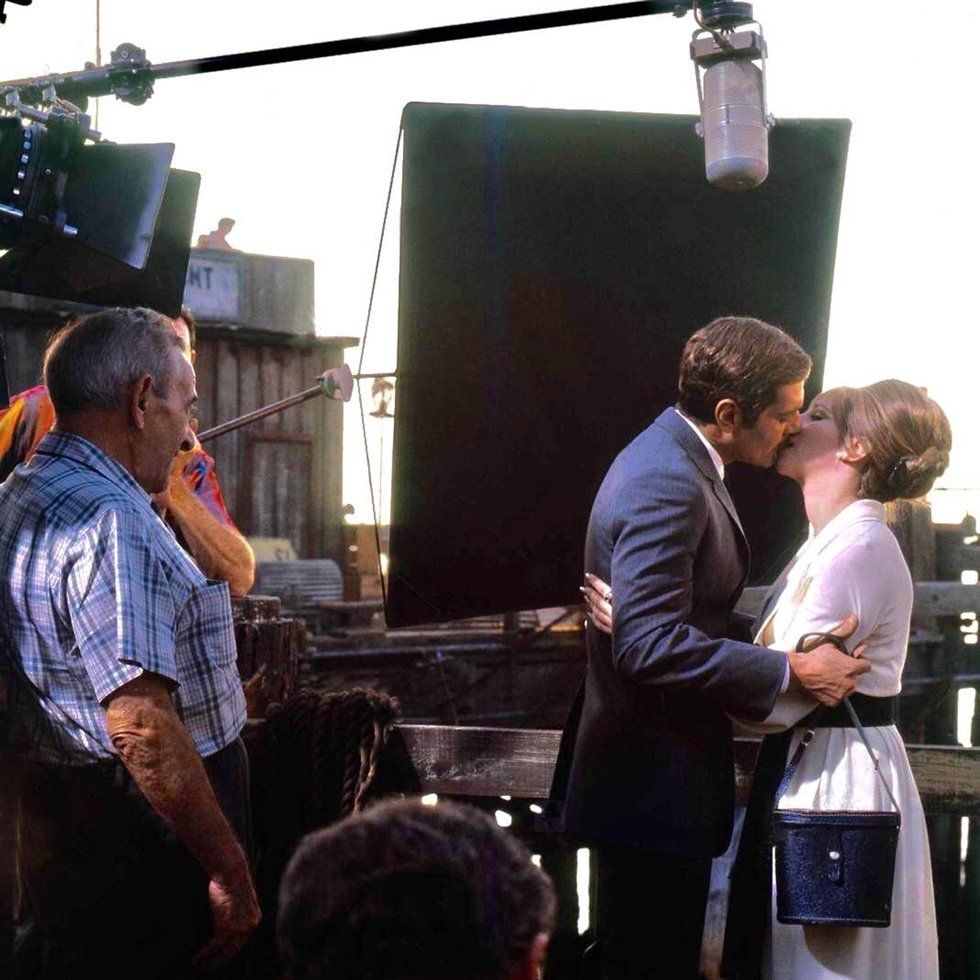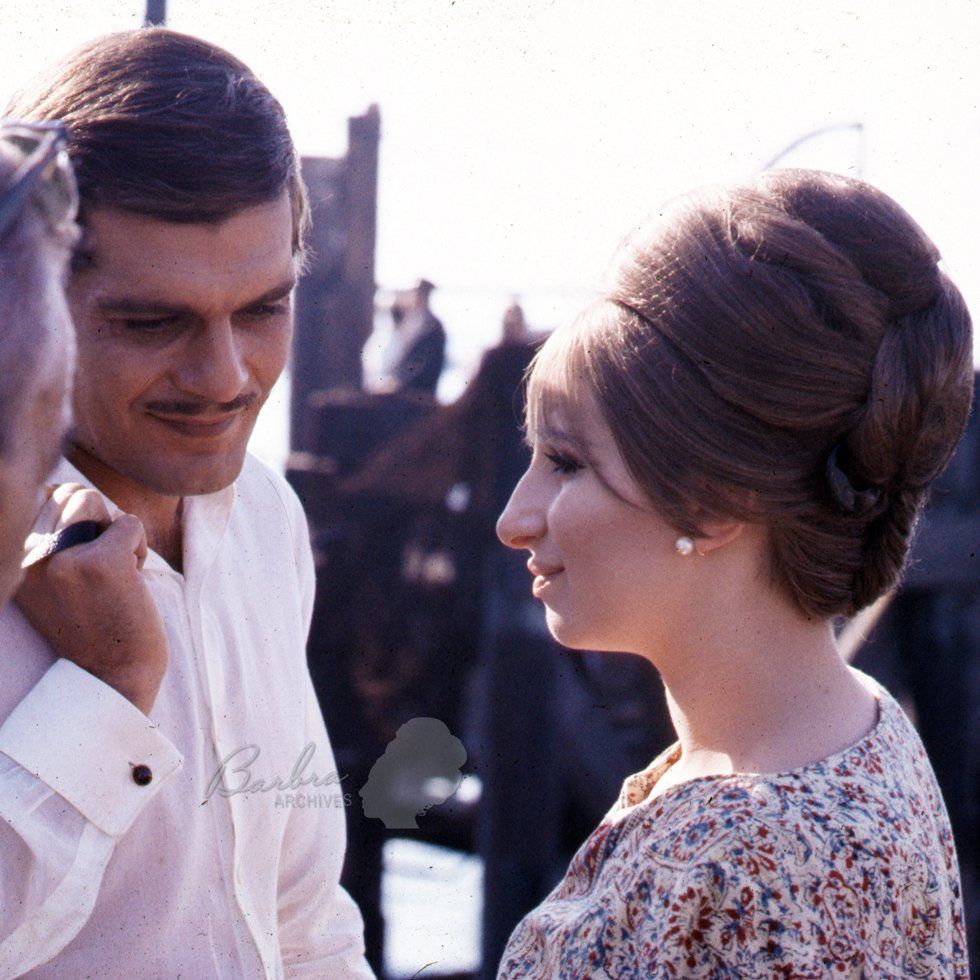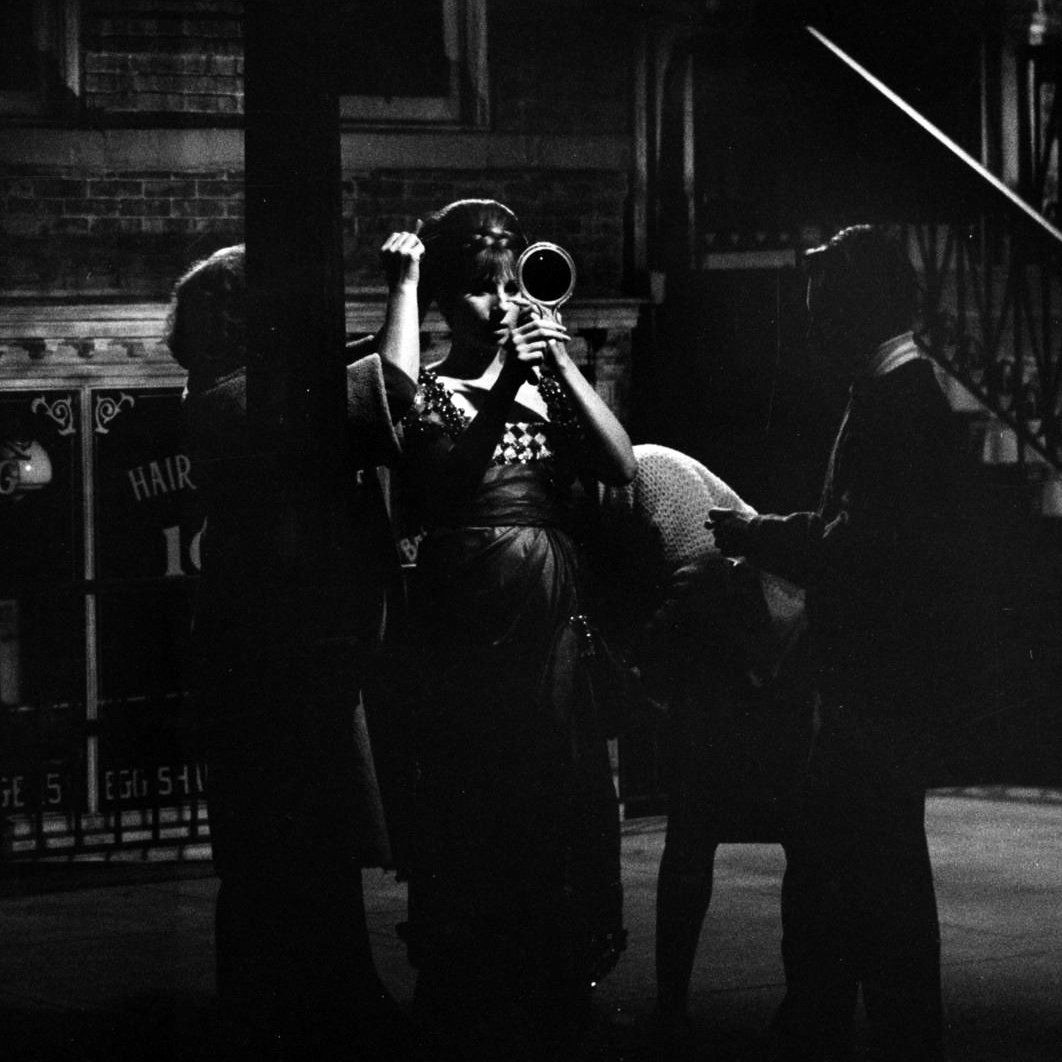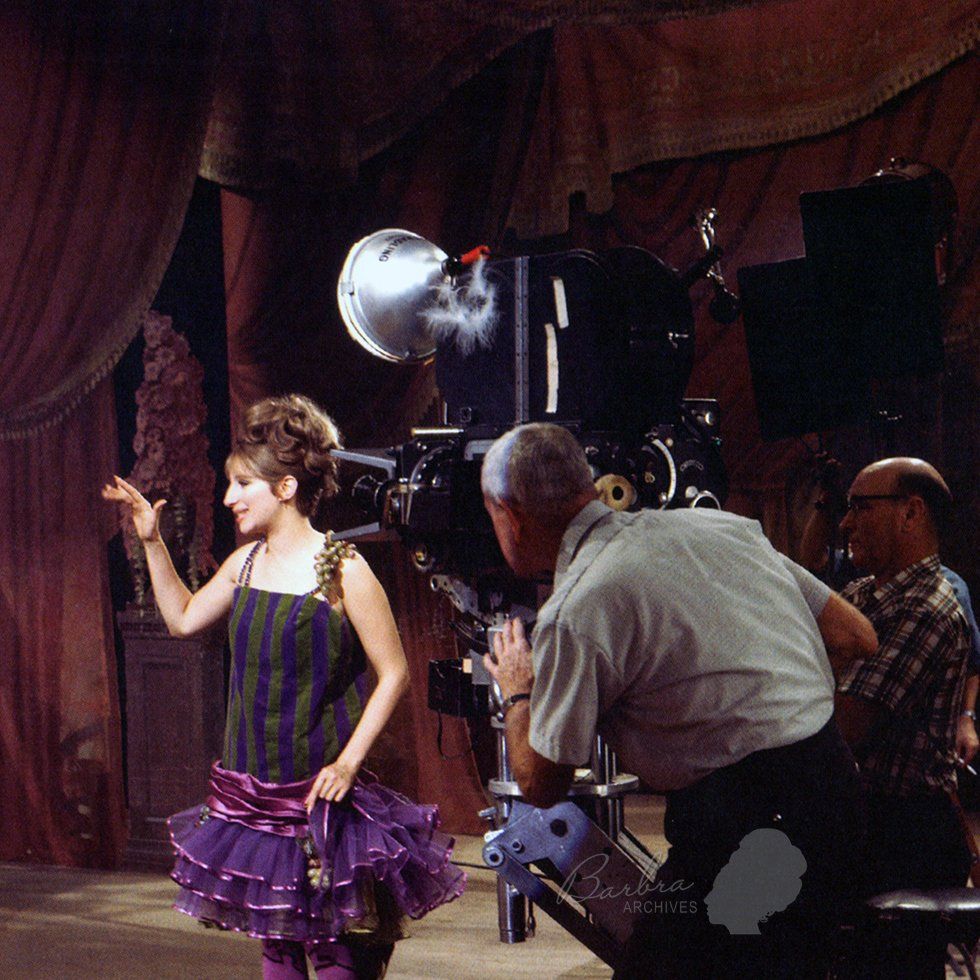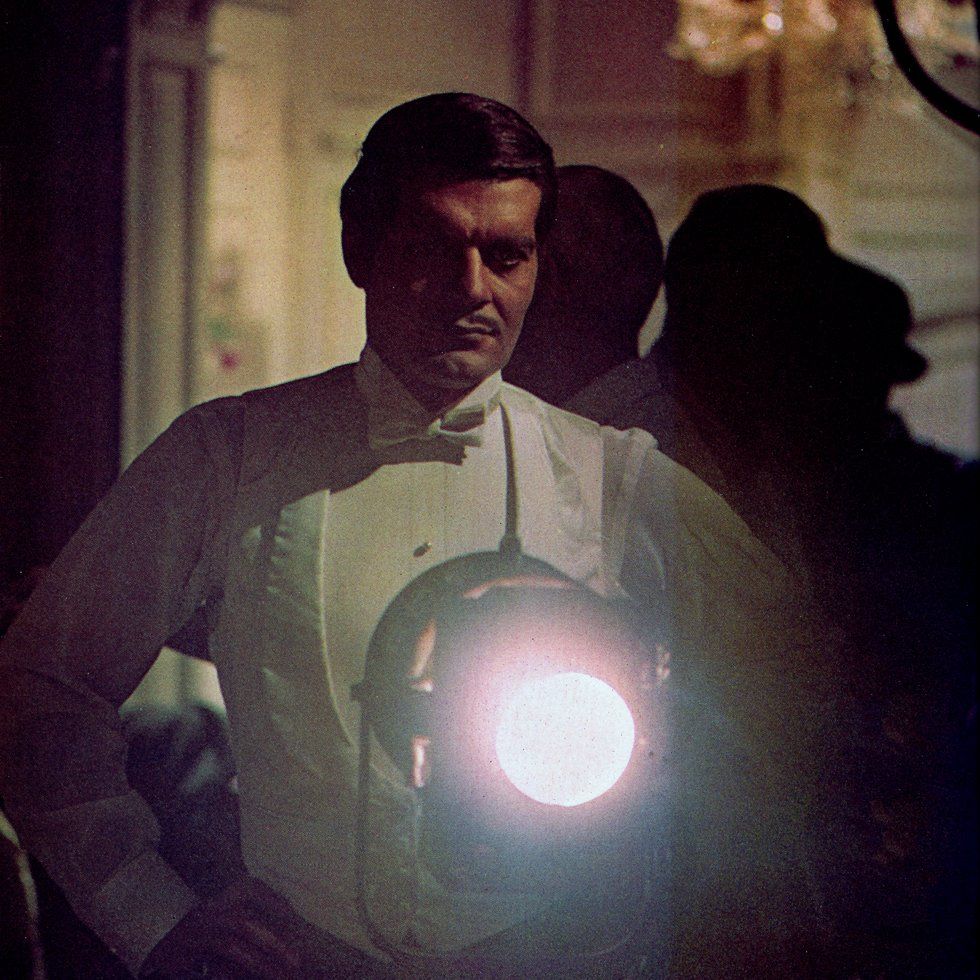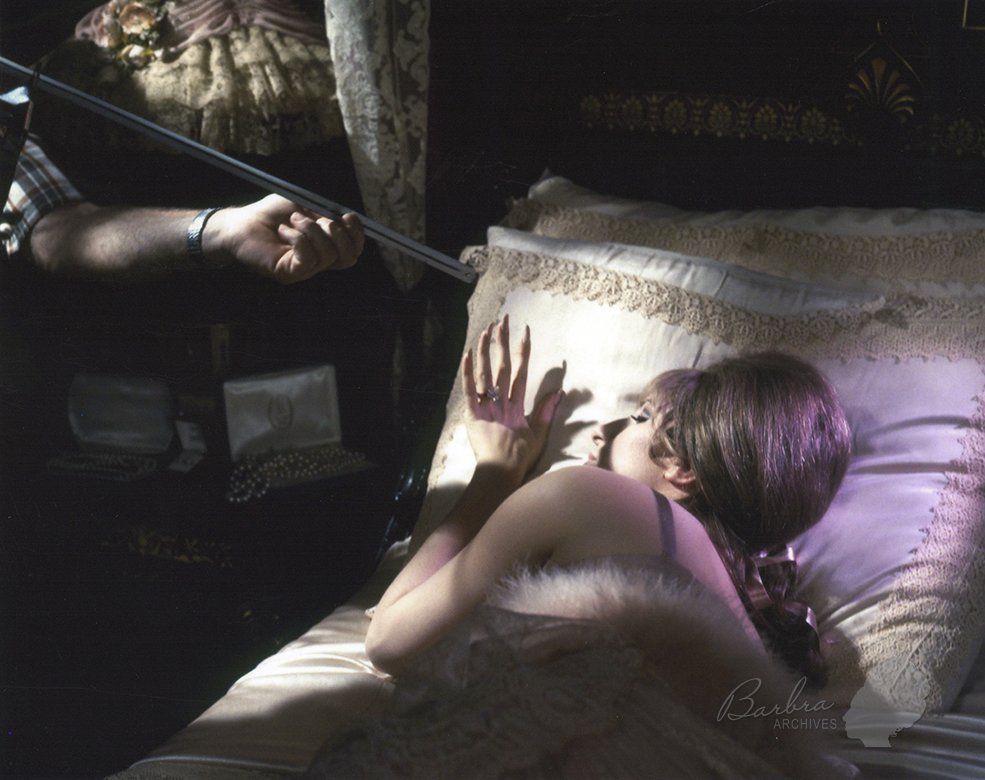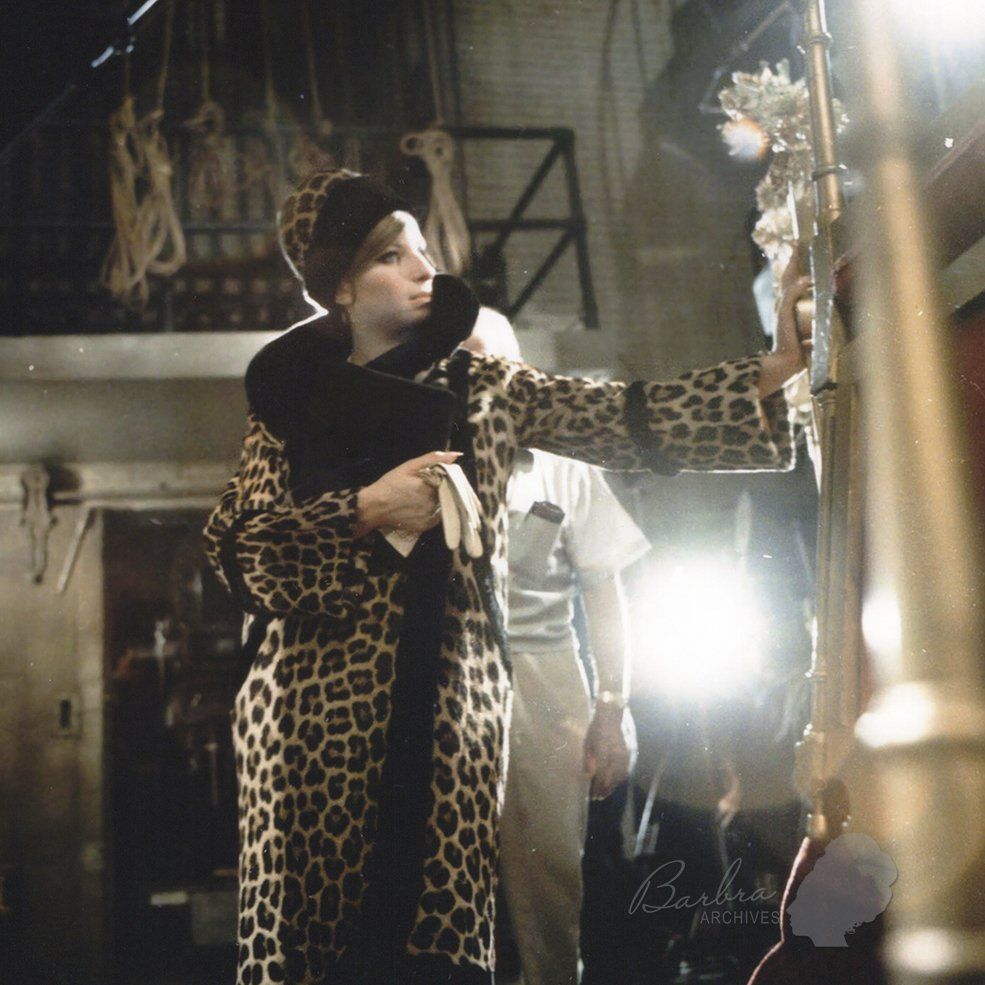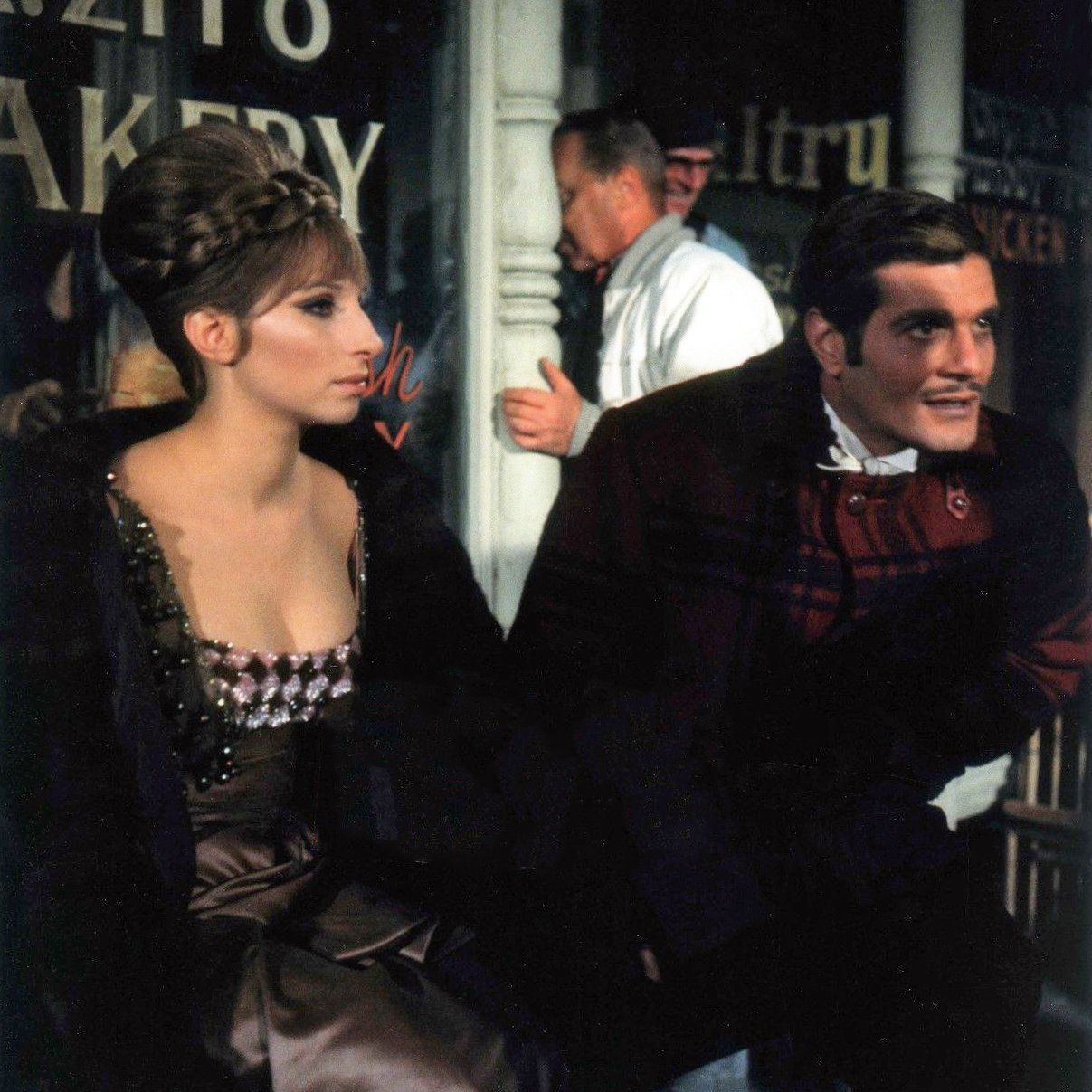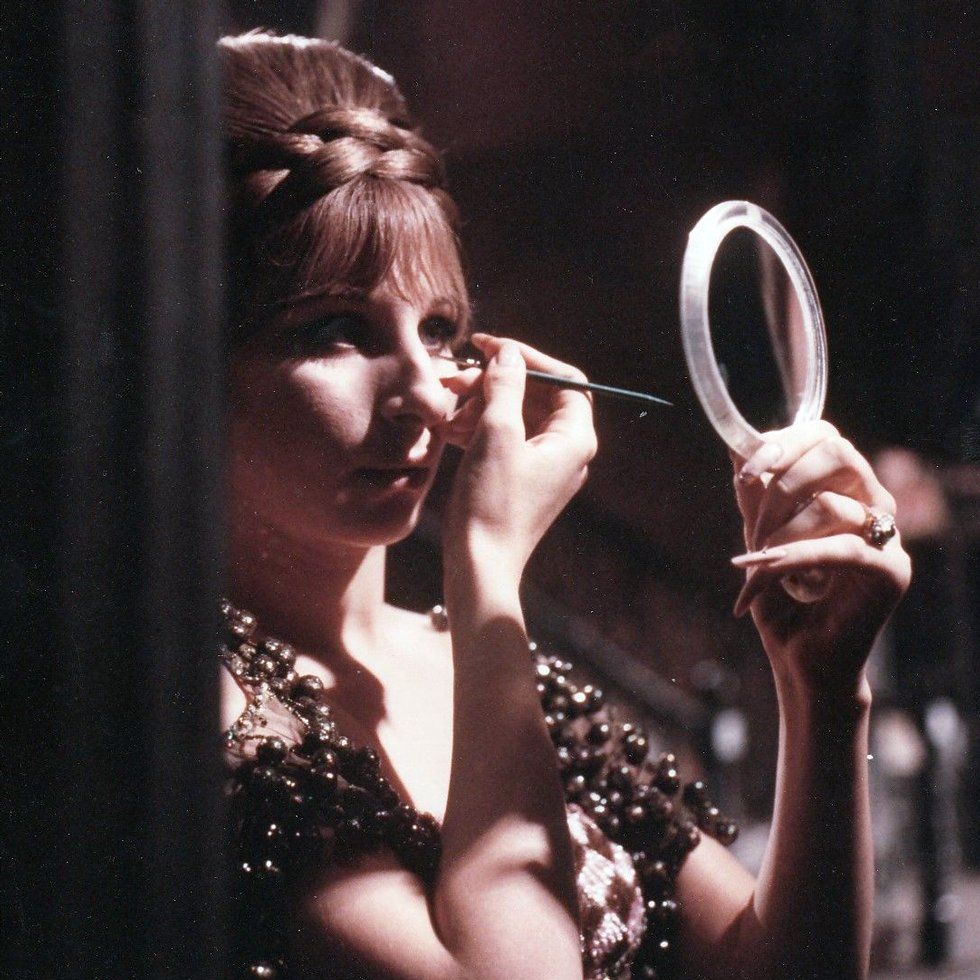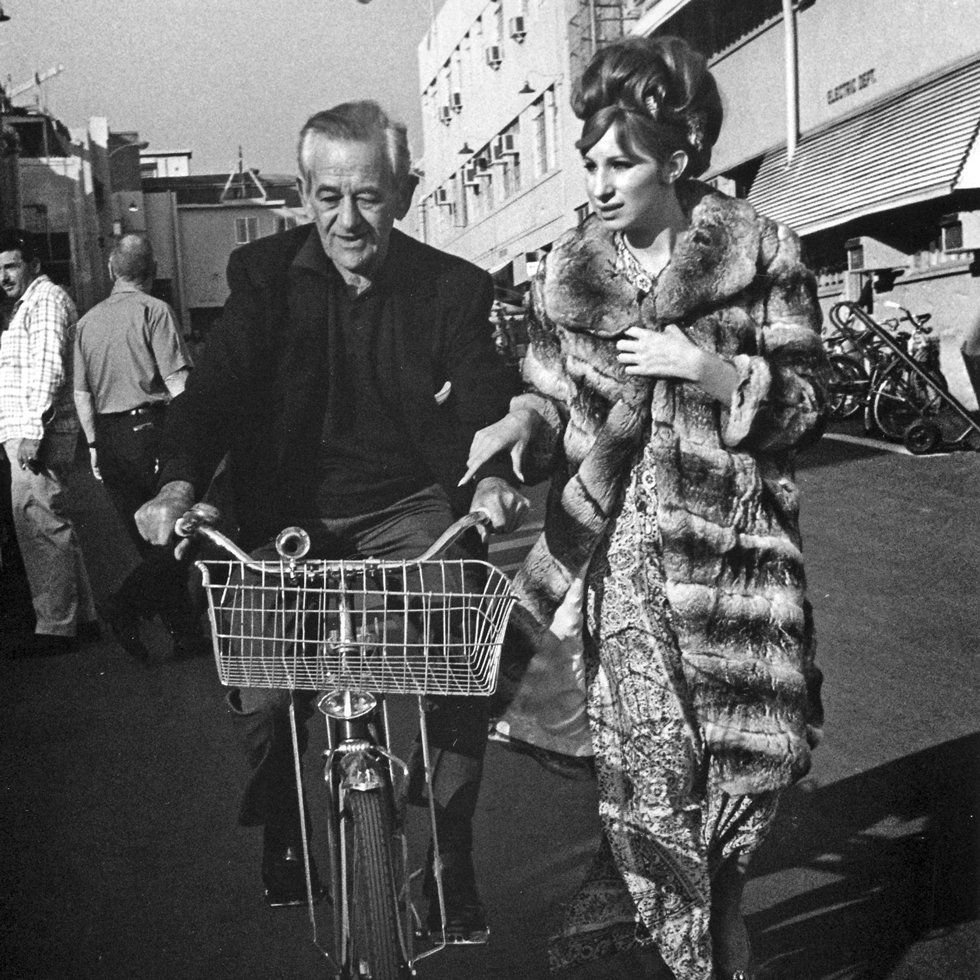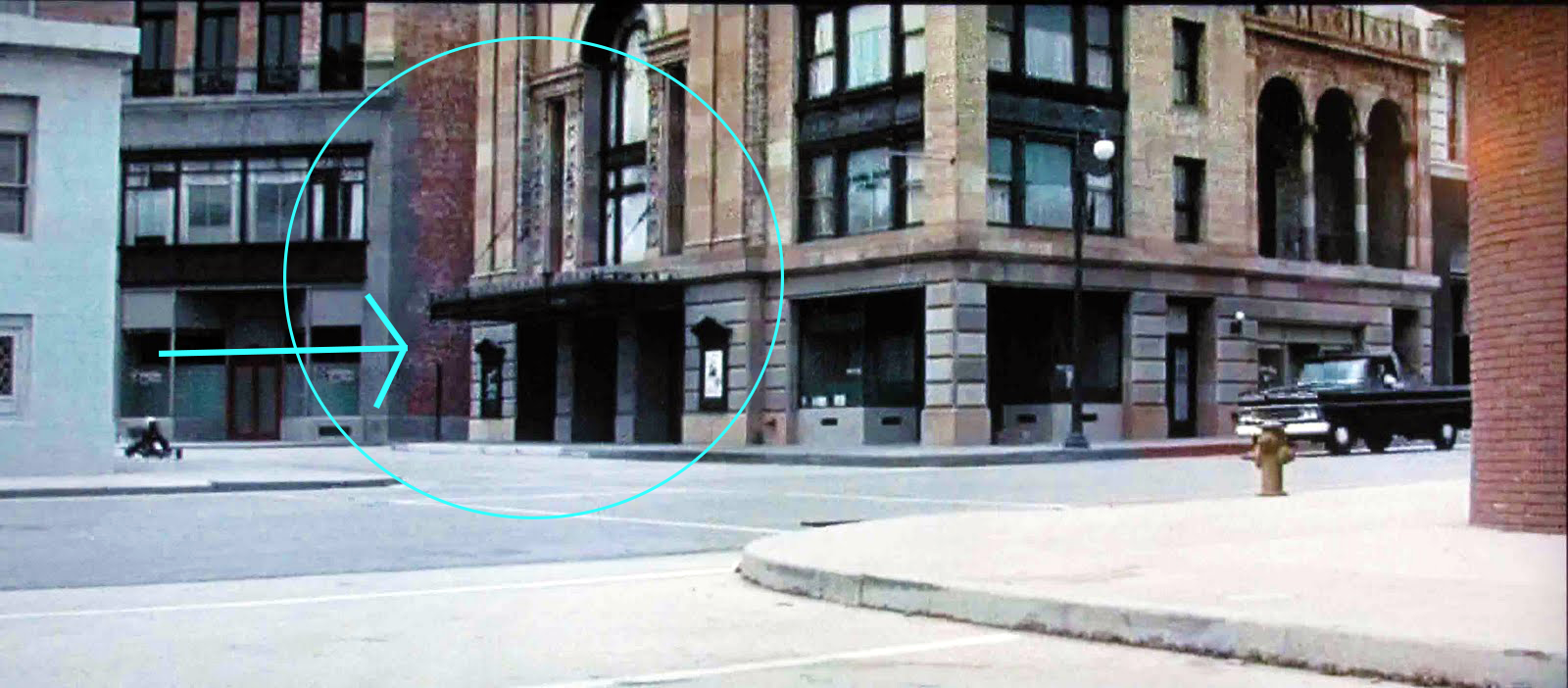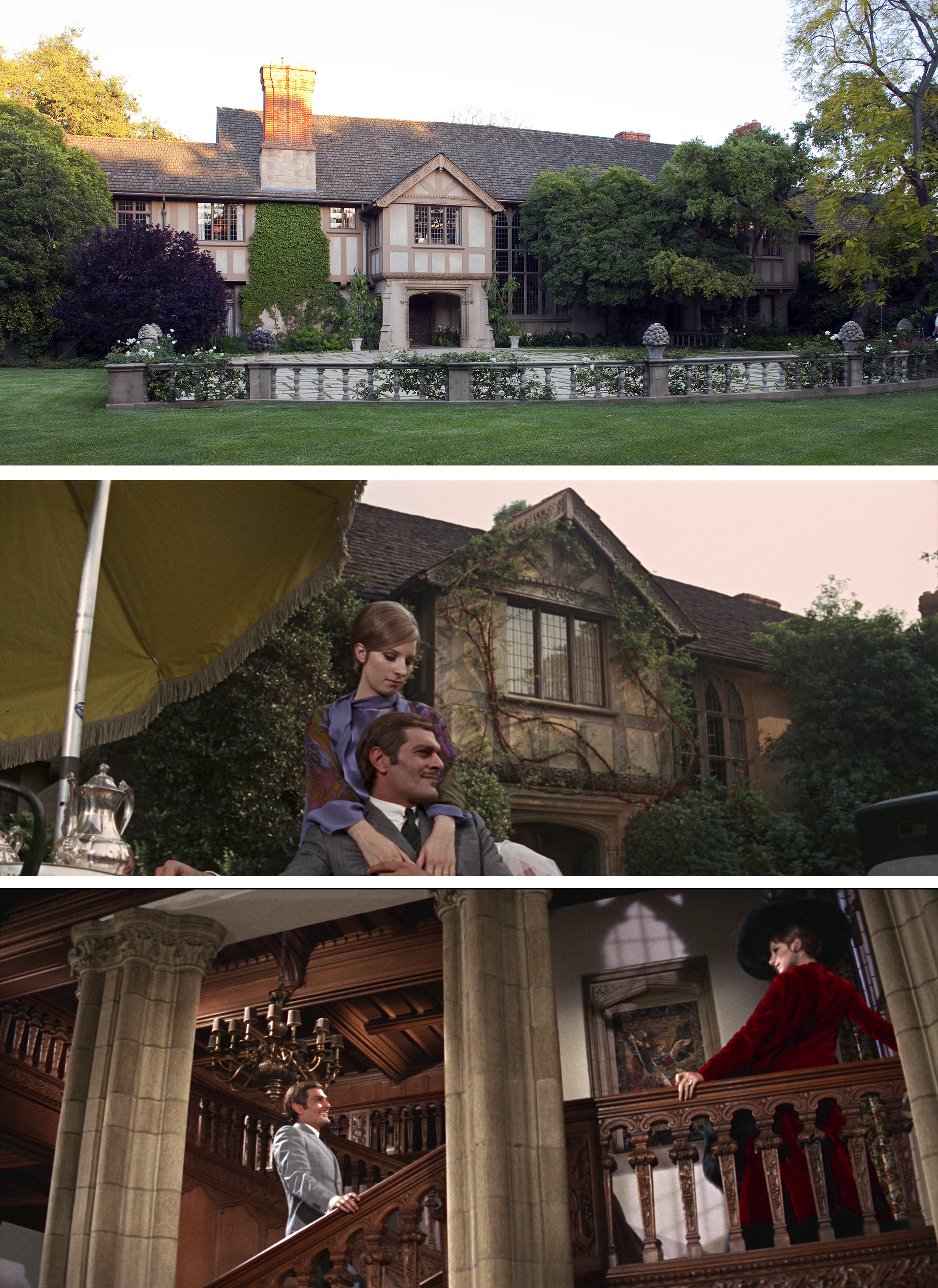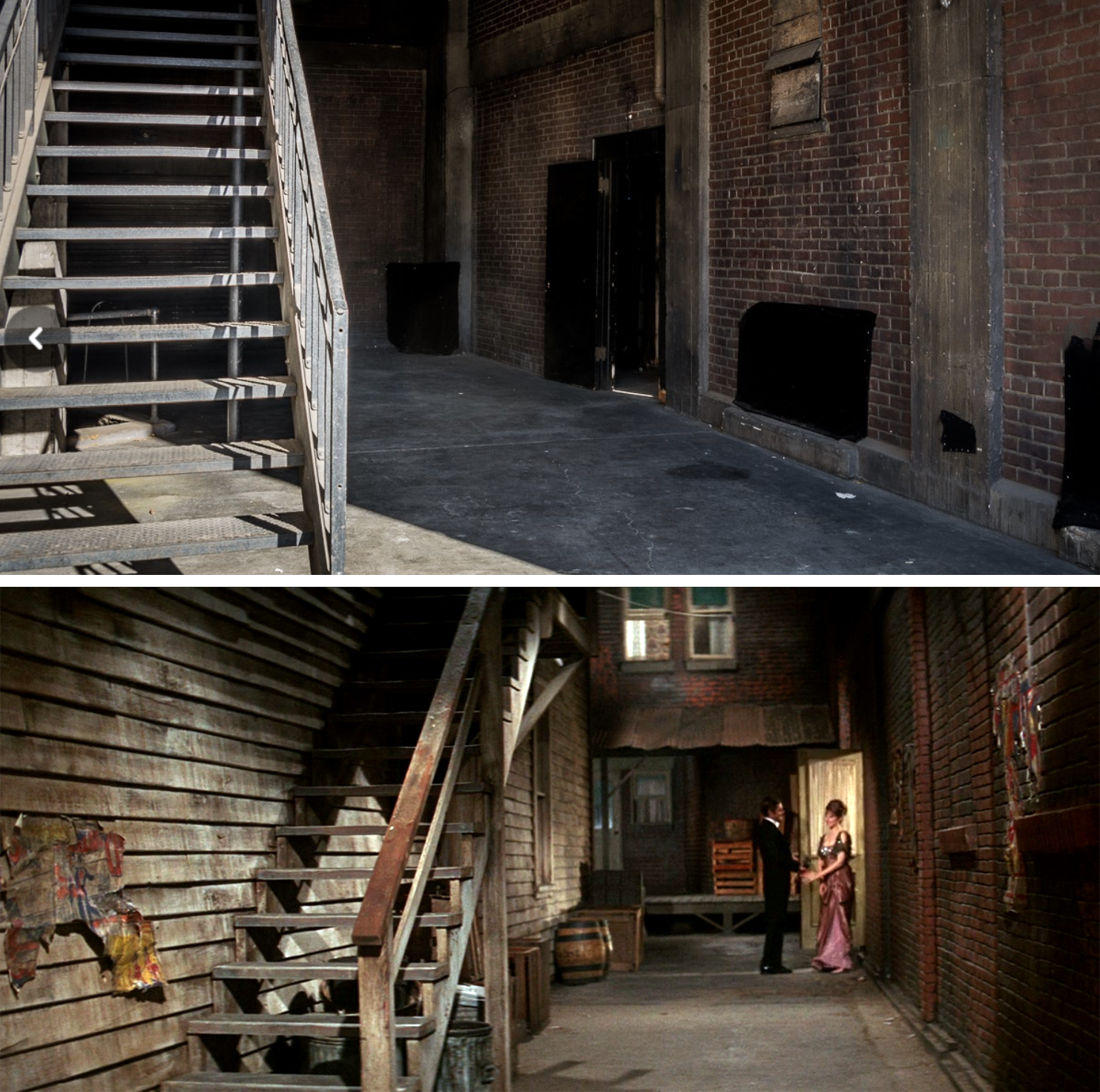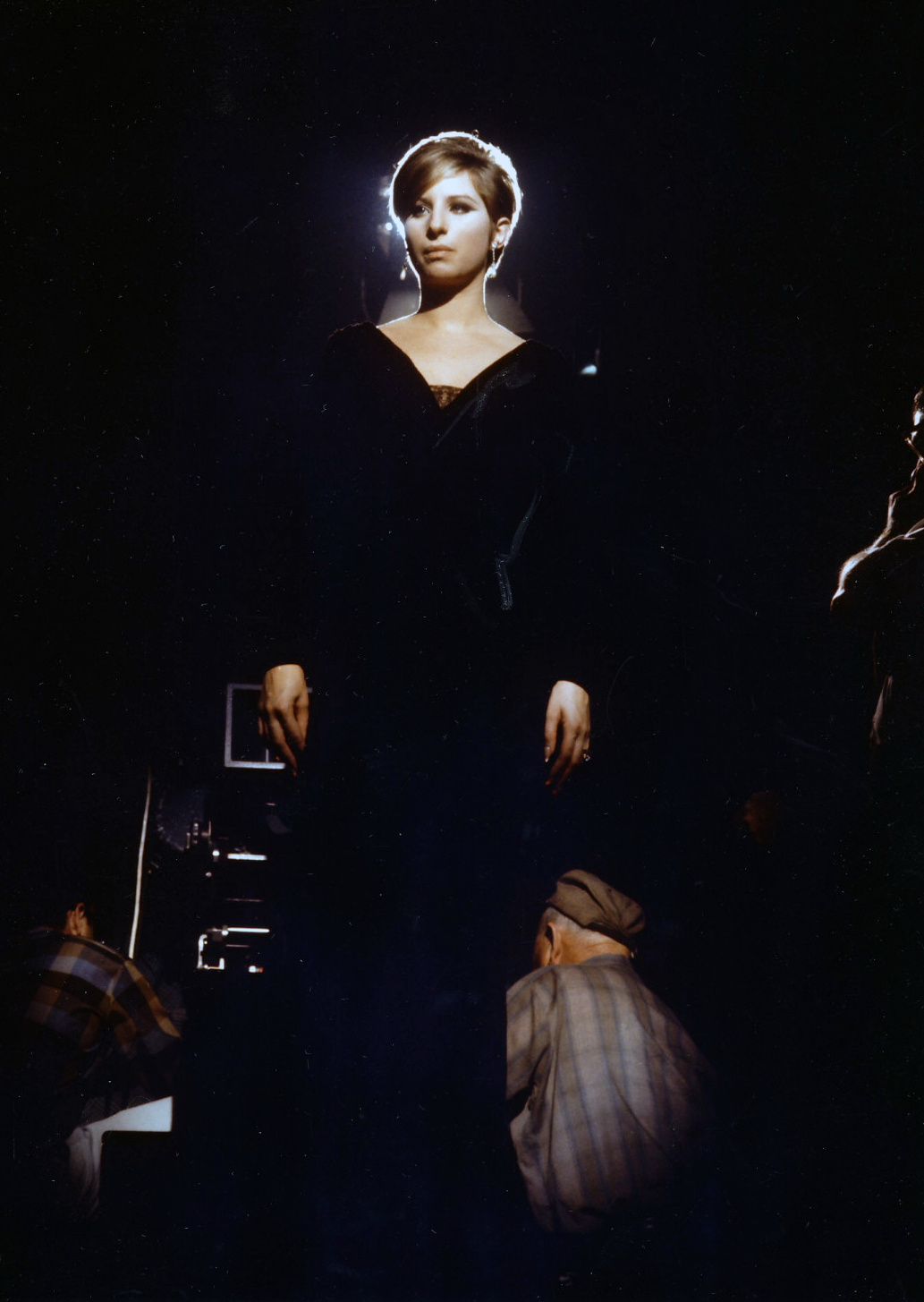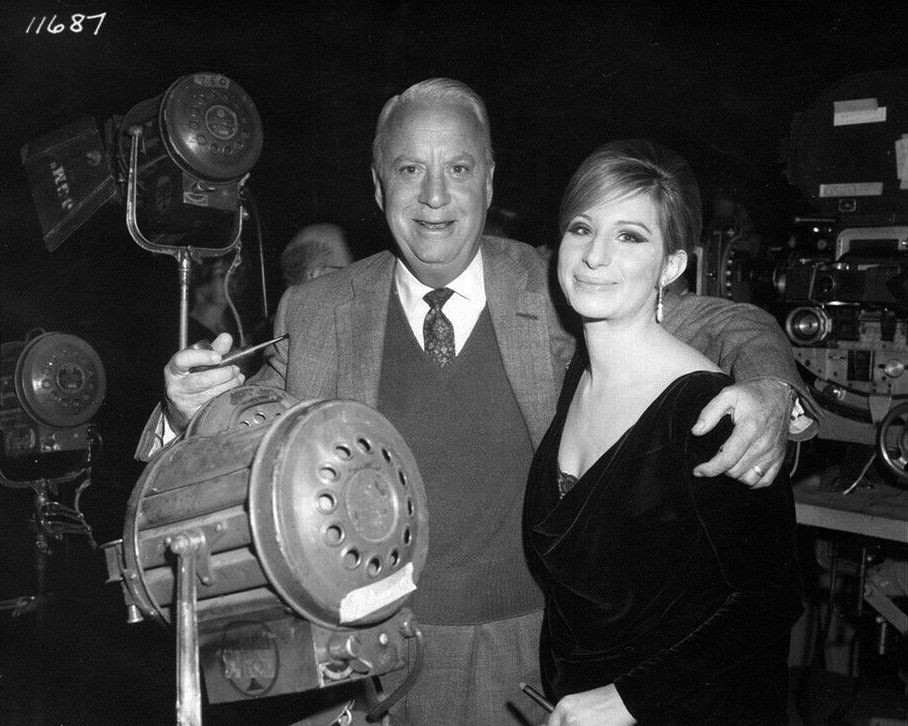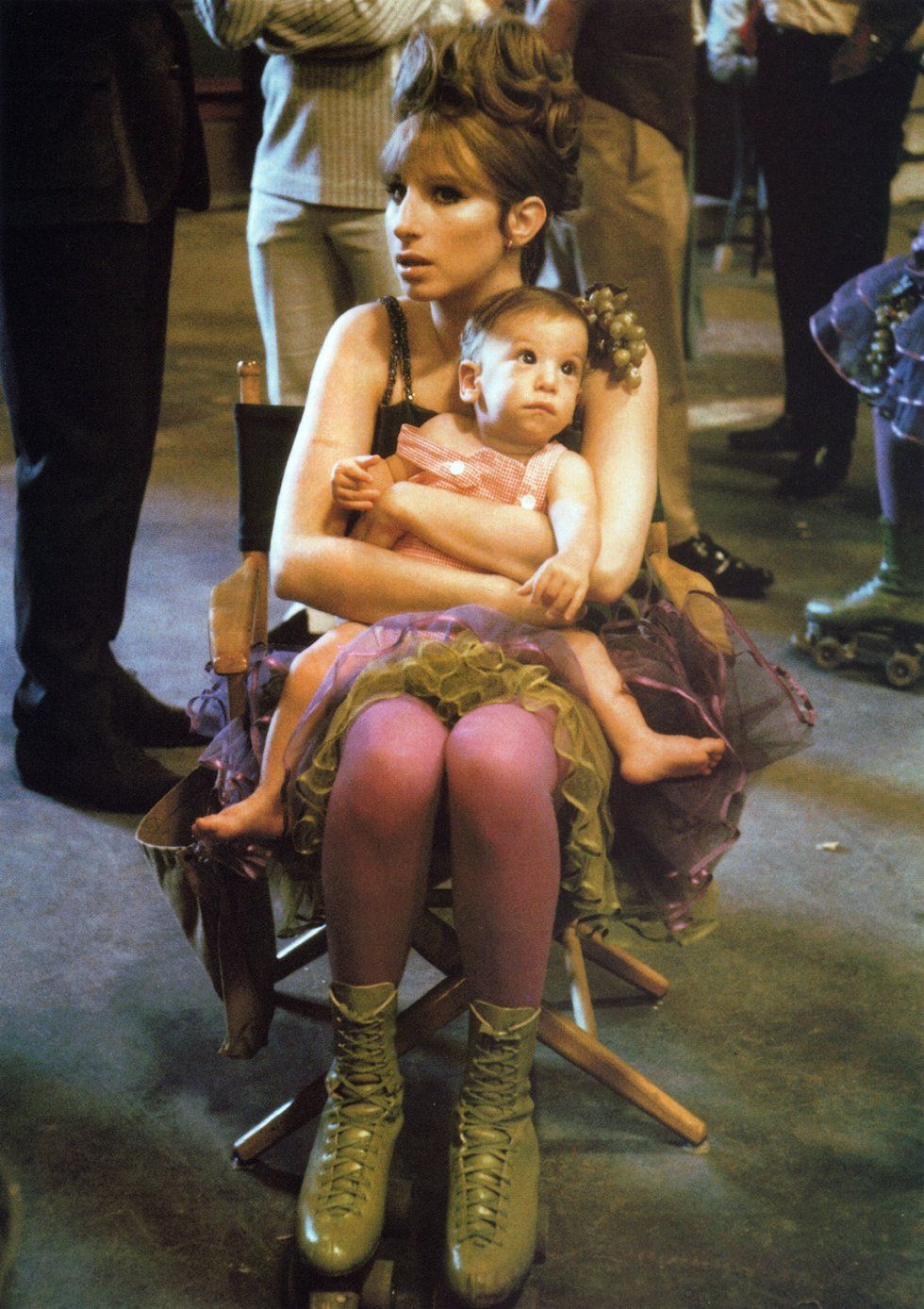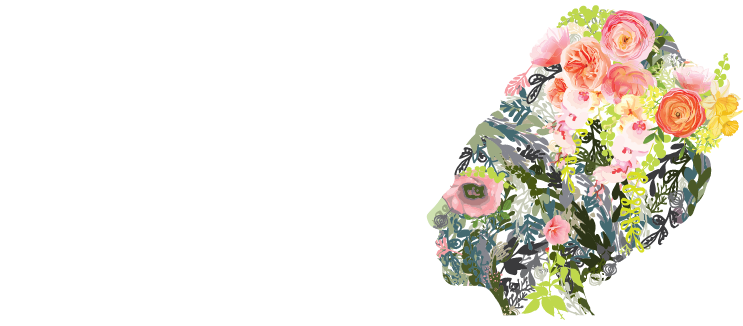Maury Winetrobe, who edited many of the Funny Girl
musical numbers, gave a very technical description of how the songs were filmed. “They prerecord the songs and shoot to [an audio] tape with start marks,” he explained. “They do parts of the song from consecutive start marks, starting from the beginning. The music editor gives you a combine of the master, which has on it the vocal and the instrumental, coded with a music number. Instead of matching the dialogue code number, you’re matching a music code number. You cut it like most other things; you try and get the best angle where you are in a song.”
“My Man” was originally filmed to a prerecorded track. Streisand told Robert Rodriquez, “And now, I go out, and I have to do a lip-synch, which I’m terrible at … So, they played it in dailies the next day, and everybody was applauding … And Willie turned to me and he said, ‘Barbra, what do you think?’ And I said, ‘Willie, it could be much better because we have to shoot it live.’”
Barbra Streisand explained that the first way they filmed it “was too musical, too commercial, too perfect. It needed to be more dramatic. I felt strongly and they agreed that we should do it live instead of pre-recorded and start with the close-up instead of the far shot. So we did it that way, unconventionally, and starting with the close-up we could go with the live sound.”
So, in December 1967, Barbra sang “My Man” live at Columbia’s soundstage 4.
It’s true that the second half of the song, where the tempo picks up as Barbra sings “oh, my man, I love him so,” is dubbed, not live.
Jack Solomon helped technically on this number. “We can use the playback, but the master shot has got to be with a tight lens so I can get the microphone right there. [Streisand] was hearing the orchestra [playback] real low. I fed her with a little tiny speaker—that's why we had a tight lens on, so that I could put the speaker there. Later, we put the full track over it.”

